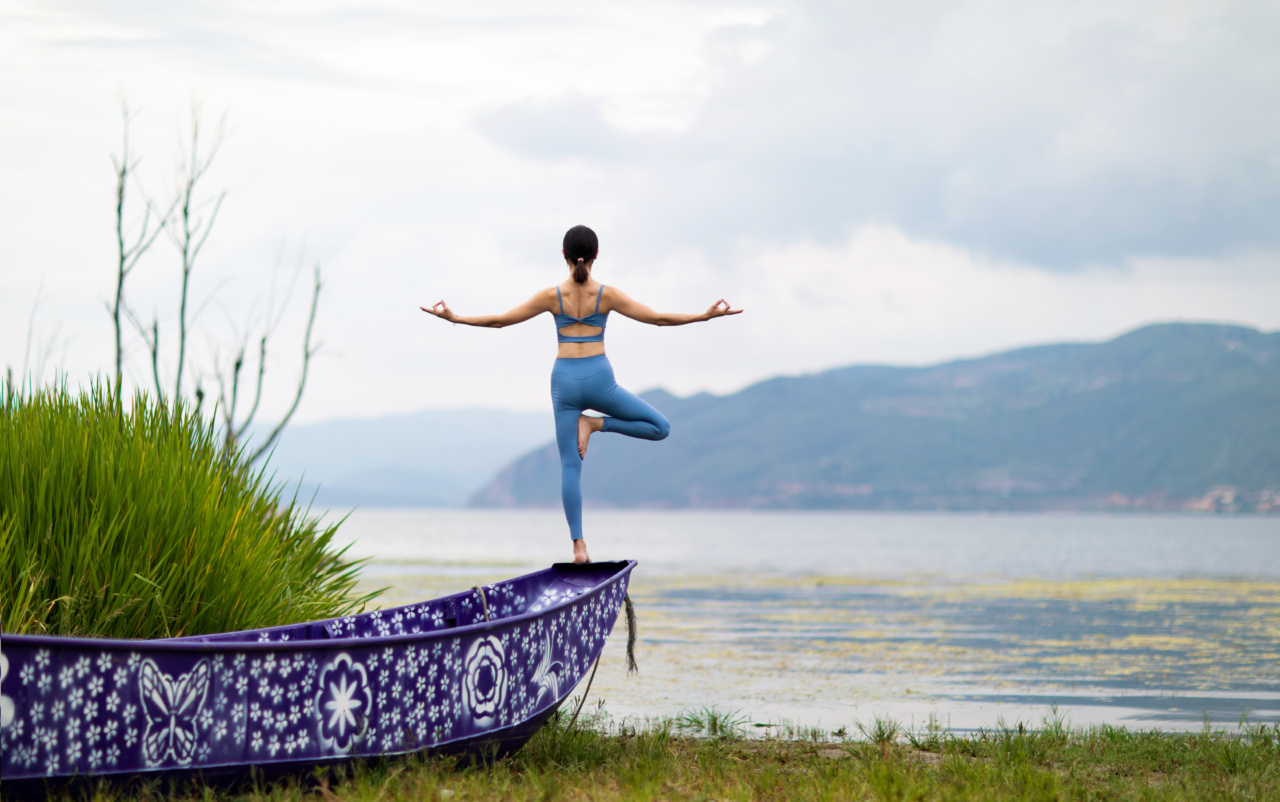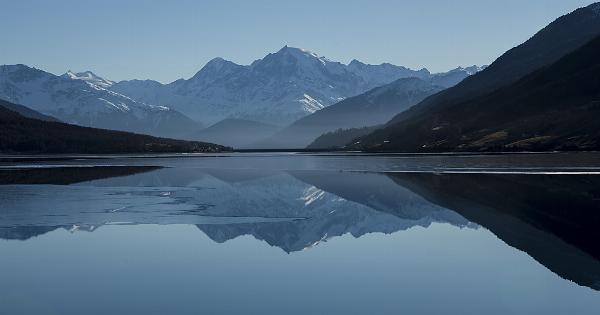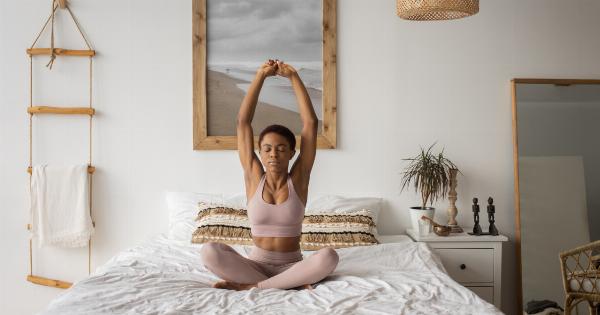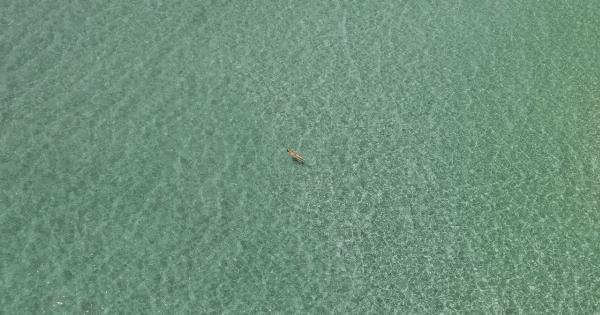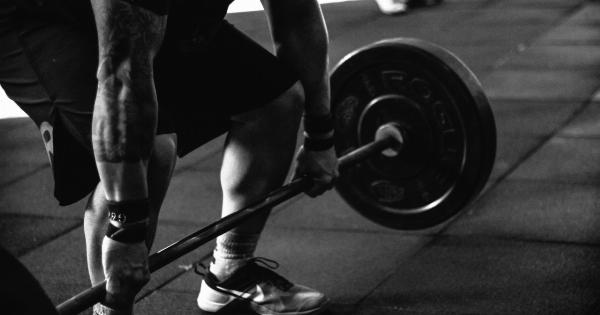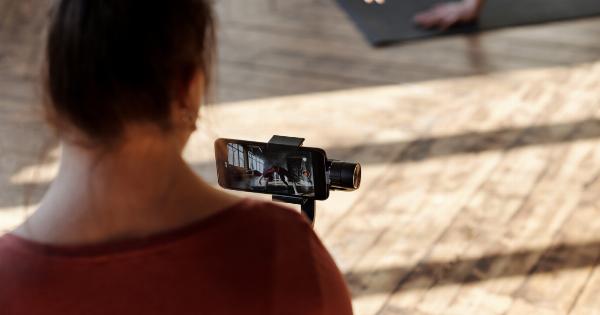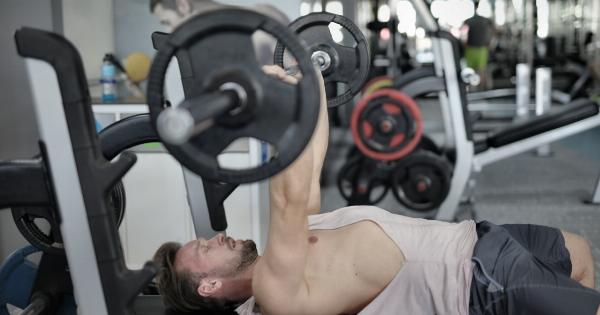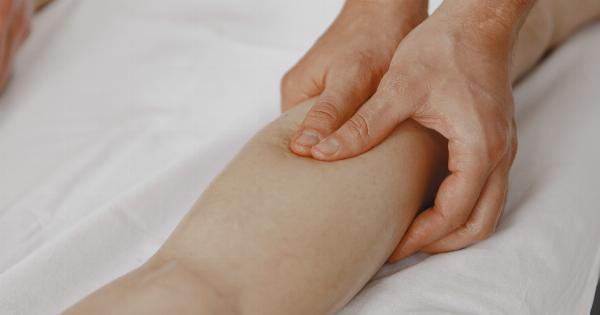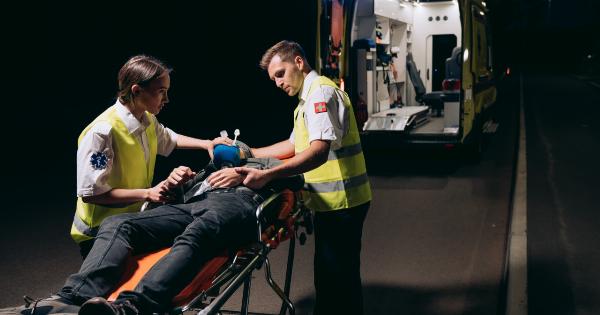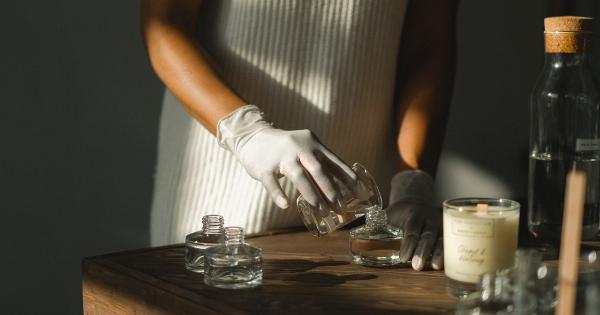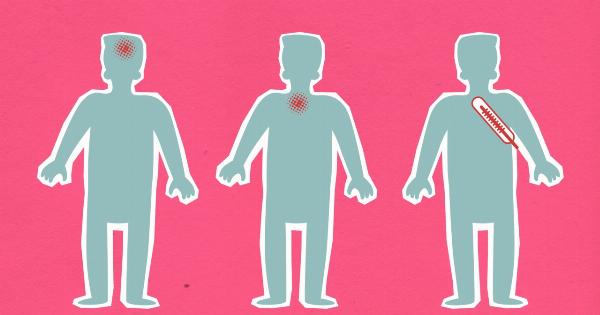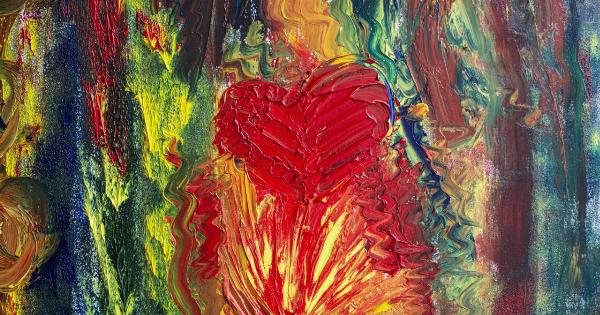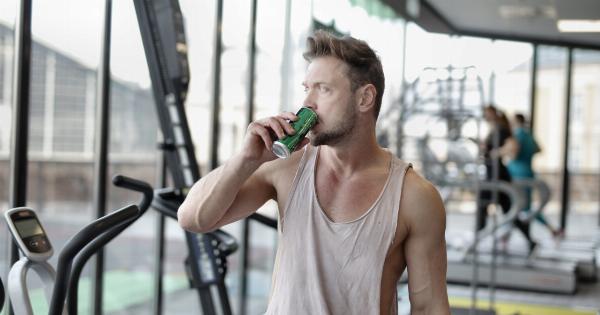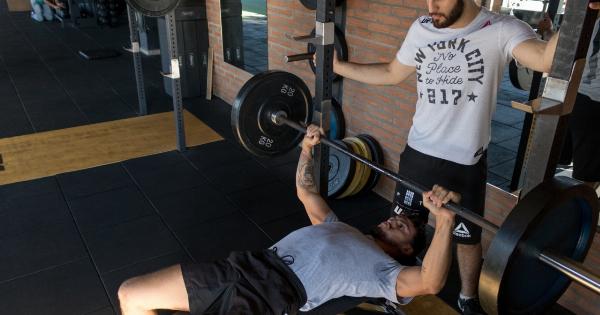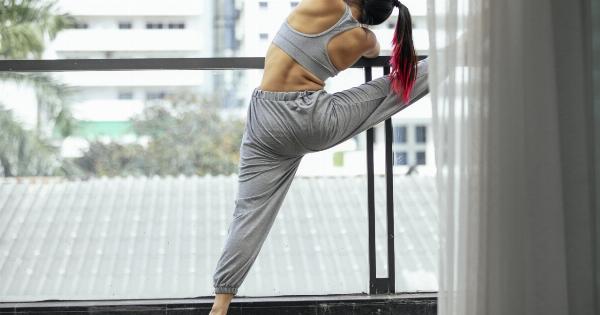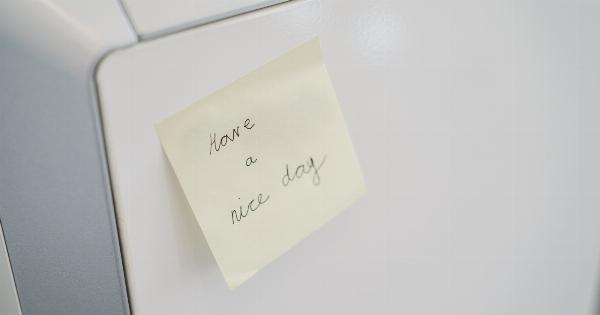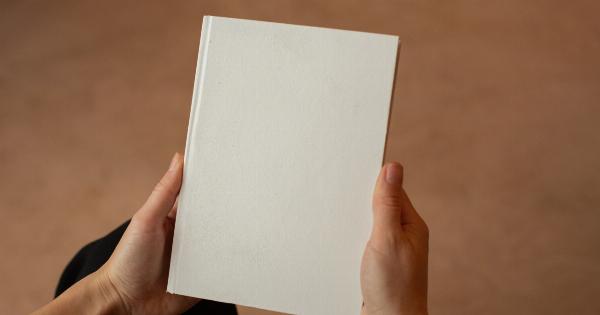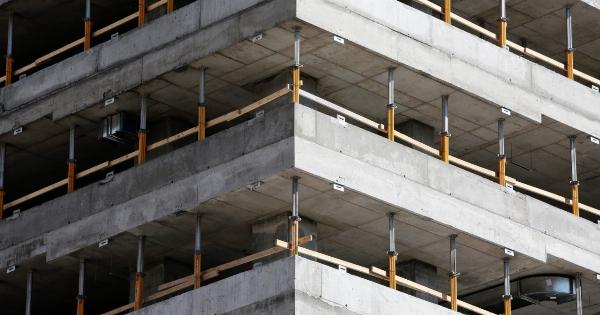A day out on the boat can be incredibly relaxing and rejuvenating. However, sometimes the motion of the ocean combined with prolonged sitting or standing can result in muscle cramps and stiffness.
If you find yourself dealing with cramps while on a boat, incorporating a few yoga poses into your routine can provide much-needed relief. These poses help stretch and strengthen the muscles, improve circulation, and promote relaxation. So, grab your yoga mat and get ready to stay afloat with these yoga poses to relieve cramps on a boat.
1. Seated Forward Fold (Paschimottanasana)
Seated Forward Fold is a gentle pose that stretches the entire back of your body, including the hamstrings, calves, and lower back. To perform this pose:.
– Sit on your mat with your legs extended in front of you.
– Keep your spine tall and engage your core.
– Inhale and reach your arms overhead.
– Exhale and fold forward from the hips, reaching for your toes or as far as you can comfortably go.
– Hold this position for 30 seconds to a minute, breathing deeply.
2. Cat-Cow Pose (Marjaryasana-Bitilasana)
Cat-Cow Pose is an excellent way to warm up your spine and release tension in the neck and back. To practice this pose:.
– Start on all fours, with your hands directly below your shoulders and your knees hip-width apart.
– Inhale as you drop your belly towards the mat, lift your head, and arch your back, coming into the Cow Pose.
– Exhale as you round your spine, tucking your chin towards your chest, and pull your abdomen in, coming into the Cat Pose.
– Continue moving between Cat and Cow for 5-10 rounds, syncing your breath with the movements.
3. Standing Forward Fold (Uttanasana)
Standing Forward Fold is an invigorating pose that stretches the hamstrings, calves, and back. To do this pose:.
– Stand tall with your feet hip-width apart.
– Exhale and hinge forward from your hips, keeping your knees slightly bent if necessary.
– Rest your hands on the floor or grab onto your ankles.
– Relax your head and neck, letting them hang naturally.
– Hold for 30 seconds to a minute, breathing deeply and feeling the stretch in your legs.
4. Boat Pose (Navasana)
Boat Pose strengthens the core muscles, including the abdominals and hip flexors, and improves balance and stability. To practice this pose:.
– Sit on your mat with your knees bent and your feet flat on the floor.
– Lean back slightly and lift your feet off the floor, balancing on your sit bones.
– Extend your arms parallel to the floor, palms facing down.
– Straighten your legs if possible, forming a V shape with your body.
– Hold this pose for 30 seconds to a minute, breathing steadily.
5. Supine Spinal Twist (Supta Matsyendrasana)
Supine Spinal Twist gently stretches the muscles along the spine, hips, and shoulders, releasing tension and improving flexibility. To perform this pose:.
– Lie down on your back with your arms extended to the sides, palms facing down.
– Bend your right knee and bring it towards your chest.
– Exhale and drop your right knee across your body to the left, keeping both shoulders grounded.
– Turn your head to the right and gaze towards your right hand.
– Hold the pose for 30 seconds to a minute, then repeat on the other side.
6. Wide-Legged Forward Fold (Prasarita Padottanasana)
Wide-Legged Forward Fold stretches the hamstrings and inner thighs while lengthening the spine. To practice this pose:.
– Stand with your feet about three to four feet apart, toes pointing forward.
– Place your hands on your hips, inhale, and elongate your spine.
– Exhale and fold forward from the hips, bringing your hands towards the mat or grabbing onto your ankles.
– Keep your spine long and gaze towards the floor.
– Hold for 30 seconds to a minute, breathing deeply and feeling the stretch in your legs.
7. Child’s Pose (Balasana)
Child’s Pose is a relaxing pose that gently stretches the hips, thighs, and ankles. It is a great pose to release tension and calm the mind. To do this pose:.
– Kneel on your mat, with your knees hip-width apart and your big toes touching.
– Sit back on your heels and lower your torso between your thighs.
– Extend your arms in front of you, palms down, or rest them alongside your body.
– Relax your forehead on the mat and let your entire body melt into the pose.
– Hold this pose for as long as feels comfortable, breathing deeply.
8. Standing Crescent Pose (Anjaneyasana)
Standing Crescent Pose opens up the chest and stretches the hip flexors, reducing tension and fatigue. To perform this pose:.
– Start in a lunge position with your right foot forward and your left foot back.
– Inhale and raise your arms overhead, palms facing each other.
– Arch your upper body and tilt your pelvis forward, sinking into the stretch.
– Engage your core and hold the pose for 30 seconds to a minute.
– Repeat on the other side.
9. Bridge Pose (Setu Bandhasana)
Bridge Pose strengthens the back muscles, stretches the chest, and improves spinal flexibility. To practice this pose:.
– Lie on your back with your knees bent and your feet hip-width apart.
– Place your arms alongside your body, palms facing down.
– Inhale, press your feet into the floor, and lift your hips off the mat.
– Roll your shoulders back and interlace your fingers underneath you.
– Stay in this position for 30 seconds to a minute, breathing deeply.
10. Reclining Bound Angle Pose (Supta Baddha Konasana)
Reclining Bound Angle Pose opens up the hips, groin, and inner thighs while relaxing the body and mind. To perform this pose:.
– Lie down on your mat with your knees bent and the soles of your feet together.
– Let your knees drop gently towards the ground, allowing gravity to do the work.
– Keep your arms relaxed by your sides, palms facing up.
– Close your eyes and take deep, slow breaths.
– Stay in this pose for a few minutes or as long as you like.
